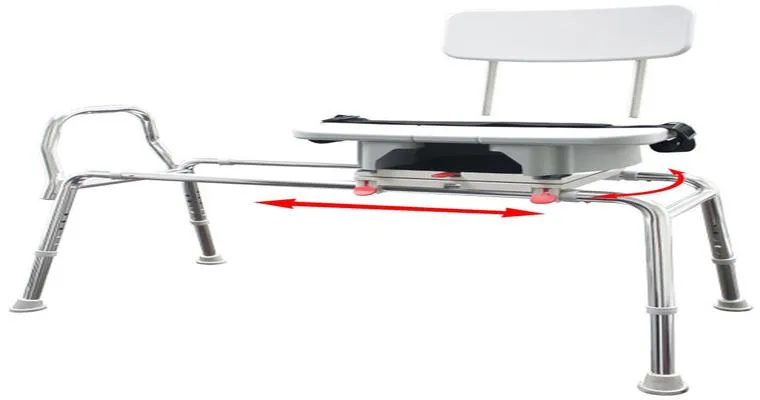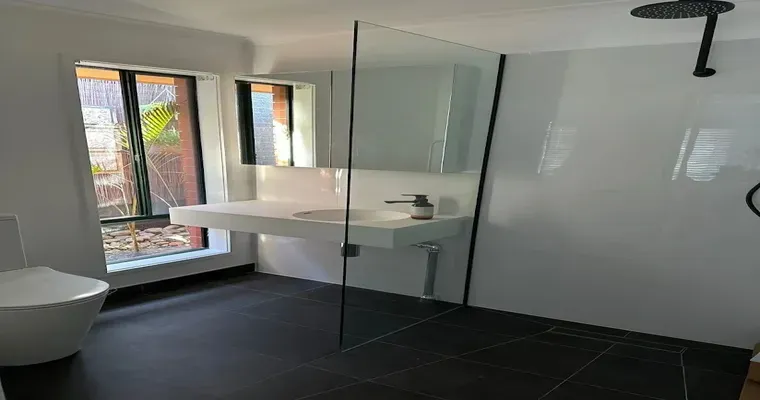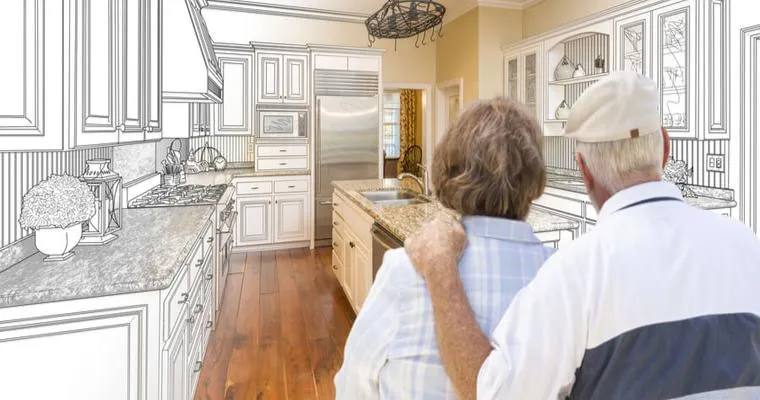Creating a "safe home environment" for "Alzheimer's patients" is crucial for their well-being and can significantly enhance their quality of life. As Alzheimer's disease progresses, individuals may experience confusion, memory loss, and changes in behavior that can make everyday living challenging. Therefore, it is essential to implement strategies that promote safety while fostering independence and comfort within their surroundings.
Understanding Alzheimer's and Its Challenges
Alzheimer's disease affects cognitive functions, leading to difficulties in memory, reasoning, and communication. This can result in challenges such as forgetting to turn off appliances, wandering off, or having trouble recognizing familiar spaces. Understanding these challenges is the first step in creating a supportive and "safe living space" for Alzheimer's patients.
Key Safety Modifications for the Home
1. "Eliminate Clutter": A clutter-free environment reduces the risk of falls and confusion. Ensure that pathways are clear and that furniture is arranged to allow easy navigation.
2. "Secure Hazardous Areas": Install locks on cabinets containing cleaning supplies, medications, and sharp objects. Use childproof locks if necessary to prevent access to hazardous materials.
3. "Improve Lighting": Adequate lighting is essential to prevent accidents and confusion. Use bright, consistent lighting throughout the home, especially in hallways, staircases, and bathrooms. Night lights can also help guide patients during the night.
4. "Install Grab Bars and Non-Slip Mats": In bathrooms and other slippery areas, install grab bars and use non-slip mats to prevent falls. These additions can provide the necessary support and confidence for Alzheimer’s patients.
5. "Label Rooms and Objects": Use clear labels on doors and common objects to help individuals maintain a sense of orientation. Large, easy-to-read signs can assist them in navigating their environment.
6. "Create a Safe Outdoor Space": If the patient enjoys spending time outside, ensure that the outdoor area is secure. Fences or gates can prevent wandering, while seating areas can provide a comfortable space for relaxation.
Utilizing Technology for Safety
In today's digital age, technology can play a significant role in enhancing safety for Alzheimer's patients. Consider the following options:
"Wearable Devices": GPS tracking devices can help caregivers keep track of patients who may wander. These devices alert caregivers if the patient leaves a designated area.
"Smart Home Systems": Automation systems can control lighting, security cameras, and appliances. Voice-activated devices can assist patients in finding information or performing tasks without confusion.
Enhancing Comfort and Familiarity
While safety is paramount, maintaining a sense of comfort and familiarity is equally important. Here are some suggestions:
"Personalize Spaces": Decorate the home with familiar items, photographs, and personal mementos. This can evoke positive memories and create a comforting atmosphere.
"Establish Routines": Consistent daily routines can help reduce anxiety and confusion. Familiar schedules for meals, activities, and rest can provide structure and stability.
Supporting Caregivers
Caring for an Alzheimer's patient can be physically and emotionally demanding. It is essential for caregivers to prioritize their own well-being by seeking support, joining caregiver groups, or accessing respite care services. A well-supported caregiver is better equipped to provide a safe and nurturing environment.
Conclusion
Providing a "safe home environment" for "Alzheimer's patients" involves a combination of physical modifications, the use of technology, and emotional support. By implementing these strategies, caregivers can create a space that promotes safety, independence, and comfort. Ultimately, the goal is to enhance the quality of life for Alzheimer's patients, allowing them to live with dignity and respect in their own homes.





